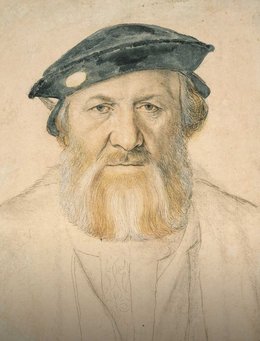text2
In this exhibition in the Sponsel-Raum of the Neues Grünes Gewölbe selected items of treasury art from the Herzog Anton Ulrich-Museum are being shown in Dresden for the first time. The exhibits comprise mainly sculpture, ceramics and stone-cutting art, so that they correspond particularly well with the works held in the Grünes Gewölbe. In addition, the exhibition casts light on the collecting interests of earlier generations of dukes of Brunswick, focusing attention on Duke Julius (1528-1589) and his son Heinrich Julius (1564-1613).








